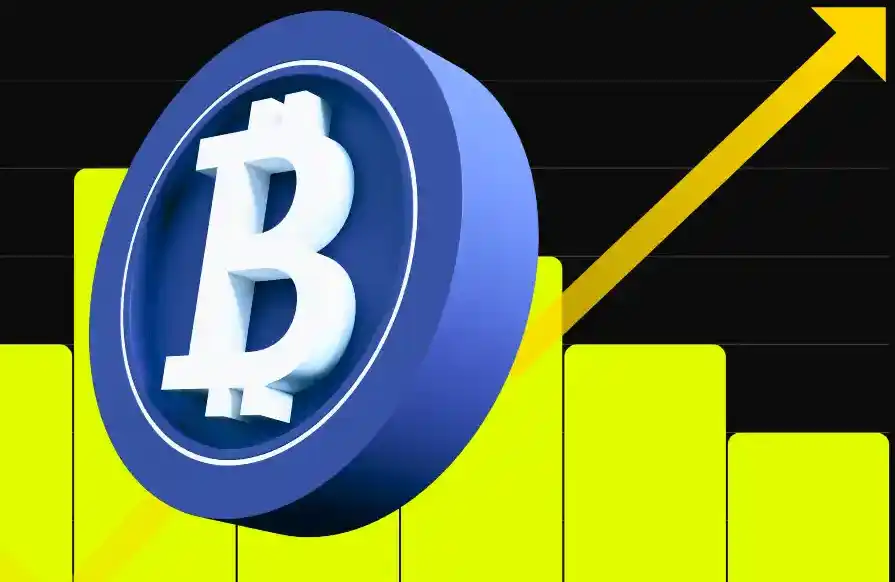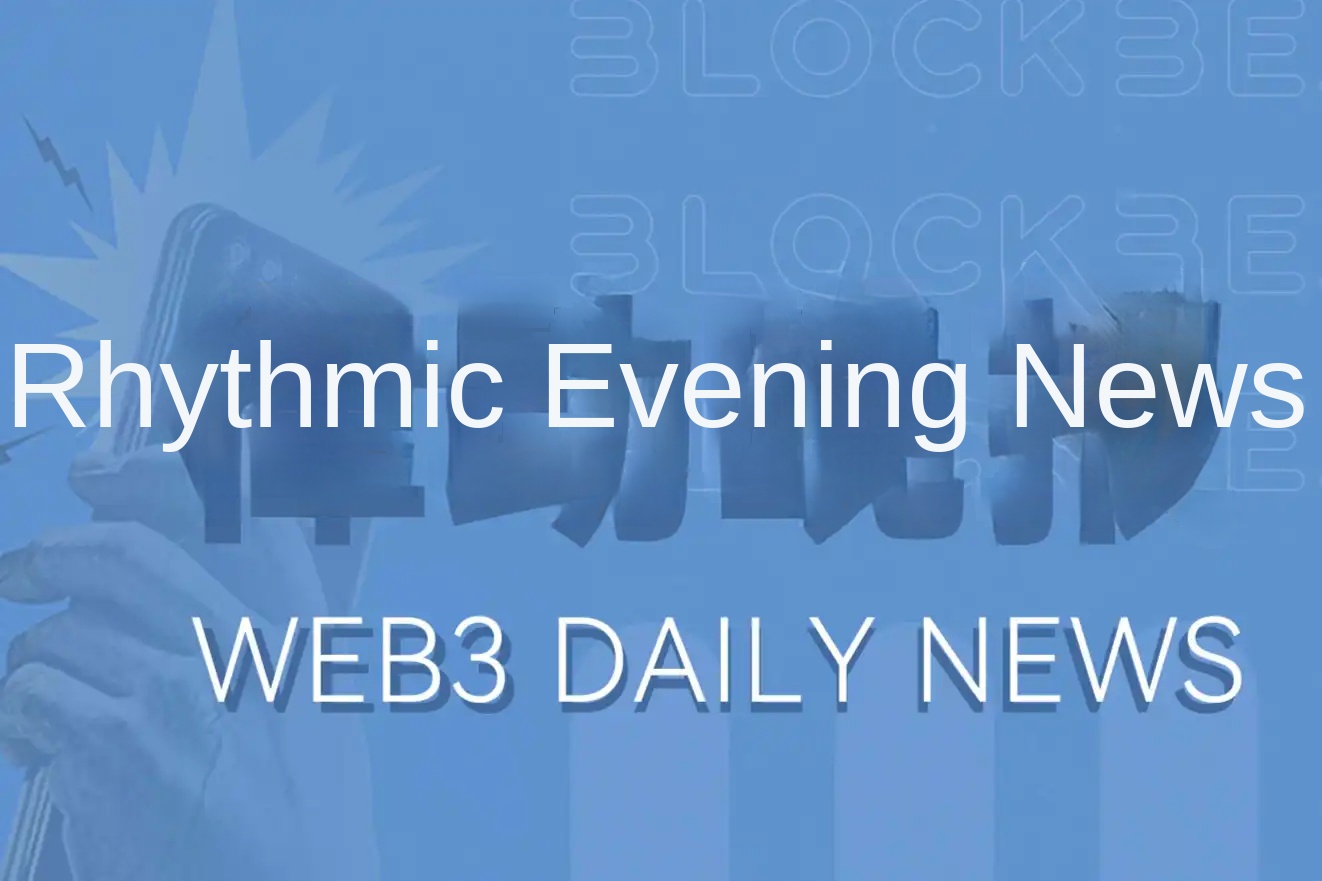Article to learn about Celestia and Fuel, 2023 should focus on the modular blockchain
Original author:Thor Hartvigsen
Leo, BlockBeats

Scalability has always been the focus of the industry, right now blockchain is facing the "scalability triple dilemma" problem, and the modular blockchain started from Celestia is around its scalability, high level of security and decentralization proposed solutions, modular blockchain is becoming a mainstream narrative, encryption KOL Thor Hartvigsen Wrote an article about "modular blockchains and their intrinsic value," which BlockBeats compiled below:
PART 1: Start with basic concepts
What needs improvement today:
- Untrusted cross-chain communication
- Rollup scalability when the number of transactions grows large enough
- Maintain high levels of security and decentralization while aiming to improve throughput (blockchain triple dilemma)

First, to ensure a thorough understanding of these concepts, we need to establish some terms, as shown below:

block
A block is a component of the blockchain. A single block is composed of two components: block headre block body, header contains the hash, timestamp and other data of the previous block, and body contains all transactions in the block.

A popular strategy for scaling on the market is to have larger blocks (Solana).
Larger blocks = increased throughput, but there are some issues at the decentralization level.
Larger blocks = nodes require larger amounts of data, and few people can afford more expensive hardware that can handle large amounts of data.
node
A full node needs to store the entire blockchain and all transactions that have been made since the first block. In order to transact on the blockchain, it needs to ensure consensus, that the data is available and that the block is valid.
Light node (Light client)
Light nodes are used for Rollup and outsource most of the work to full nodes, they do not verify transactions but check whether each block has consensus and whether the block data is available for the network, most light nodes rely on the "majority honesty hypothesis" which assumes that most participants (such as validators) are honest, light nodes require less hardware, more nodes, But overall security is weak (sometimes).

Rollup (on Ethereum)
Rollup/L 2 is a chain built on top of Ethereum that uses the Ethereum mainnet as the settlement layer. Rollup can be considered a separate execution layer and sends transaction packets back to the mainnet for verification.
There are currently two types of Rollup: Optimistic Rollup and ZK Rollup.
Blockchain layer:
区块链可分为 4 层: -执行层,为 Dapp 提供环境并在其中处理交易;
- Data Availability Layer: The node receives blocks from the block generator and checks whether the data (transactions) are publicly available
- Consensus layer: Determine the transaction order
- Settlement layer: determines the actual state of the blockchain (final)
Integral and modular
An integral blockchain is a chain made up of all 4 of the above layers, so the integral needs to deal with all of the above pieces, which is true of Ethereum and most other blockchains you know.
Modular blockchains are chains that outsource one or more of these 4 layers to an external chain, and because modular blockchains can focus on specific elements, new levels of scalability can be achieved.

Some basic concepts are explained above and summarized as follows:

Current rollups on Ethereum (e.g. Arbitrum, Optimism) serve as an implementation layer and implement a data availability layer, consensus layer, and settlement layer via Ethereum mainnet. These rollups will use "on-chain data availability" to publish data to a specified L 1 (Ethereum).
Conversely: Rollup with "off-chain data availability" publishes its data to a location other than the specified L 1. Rollup can still use Ethereum as the settlement layer, but Celestia will use the data availability layer by distributing data in this way (off-chain data availability).

Here are the different types of Rollup structures on Ethereum:
-Monolith= Monolith Ethereum mainnet
-Rollup= e.g. Arbitrum, Optimism (acts as an implementation layer, and uses Ethereum for others)
-Validium= Out-of-chain data availability Rollup, for example, Celestia

PART 2: Get an inside look at Celestia
Celestia is a modular blockchain network, and rollups of blockchains and all VMS (not just EVMs) can use Celestia as a data availability layer and consensus layer. Celestia provides a different solution for modular extensions, as shown below. Such as "Sovereign rollups, Celestium, etc.".

The first step is to dive into the "data availability layer"
Data availability: As a node, you can receive a block from the block generator and need to verify that the data is public (published) in order to add it as the next link in the blockchain.
Data availability issues: occur when data is retained.
Specifically, the block generator will not reveal the data for a new block (in the event of a data hiding attack), and the node suddenly cannot approve the block because it cannot read the data, which is a common problem in Rollup.
Data Availability Sampling (DAS) Introduction:
The light client (which I described earlier) can verify data availability without having to download all the data, and the light client runs small samples of the data with 50% certainty each time that the data is actually published.

In many cases, the light node only needs to download less than 1% of the data to ensure that 99% of the data is published, which is a big improvement!
Going back to the light client, I said earlier that light nodes are much cheaper in terms of hardware requirements, but less secure because they rely on "most honest assumptions."
What about light clients with "few honest assumptions"?

Celestia's Light node, for example, uses data availability sampling by downloading a small portion of the data, relying on a "minority honesty assumption" (which assumes that a small number of blockchain traders are honest and follow the rules of the agreement), which greatly improves security.

The following figure shows the comparison between different nodes and clients

Now check out Celestia's different solution:
-Sovereign Rollup
-Sovereign Rollup handles the execution and settlement tiers itself, rather than using Ethereum as the settlement tier like Arbitrum and Optimism.

Sovereign Rollup's advantages:
- More freedom in the execution environment
- Computing resources are not shared
- Hard forks can be performed after problems occur
Sovereign Rollup is more similar to L 1 and can bridge to other Sovereign Rollup and clearing layers.
Cluster
A blockchain Cluster is a set of blockchains and rollups that can communicate with each other in a "trust minimization fashion", a trust minimization bridge is a bridge between two chains that does not require a middleman or most honest assumptions to keep money safe.

An example of a Cluster is Ethereum and its different chains in the Rollup (L2) or Cosmos ecosystem, which are capable of intra-cluster communication (trusted minimized bridge rather than trusted bridge).
Here's everything that comes with Celestia:
Trust-minimization communication (intra-cluster communication) requires a "few honest assumptions" that Celestia takes advantage of, and data availability sampling is available for light nodes. Trust-minimization Bridges are much more secure, forming "clusters" and "intra-cluster communications" of chains, so Celestia provides the key pieces for Rollup to form clusters and communicate in a trust-free manner.
Celestia Quantum Gravity Bridge and Celestium
Celestia Quantum Gravity Bridge is a data availability bridge between Ethereum and Celestia that allows "off-chain data availability" on Ethereum L 2 (Ethereum Rollup that uses Celestia as the data availability layer).

Celestium is the L2 Rollup built on Ethereum, uses Celestia instead of Ethereum as the data availability layer, and still uses the Ethereum mainnet for settlement and consensus, other L2 can follow suit to improve its scalability.

To sum up:
Celestia acts as a separate data availability layer, and in some cases as a consensus layer, and Rollup can use Celestia for increased scalability due to the technology inherent in data availability sampling and "few honest" light nodes.
PART 3: Stop at Fuel Labs
I'll close by talking about Fuel Labs, which is building an implementation layer that can be implemented with Ethereum and Celestia, maintaining high security and decentralized premises to extend throughput.

An in-depth look at Fuel Labs:
- One of Fuel Labs' products is an Optimistic Rollup they built to extend Ethereum. Include:
- Minimizes trust between Fuel and Ethereum
-FuelVM -- Parallel validation by running smart contracts with "UTXO" (unconsumed transaction output)
-Sway programming language

In short, FuelVM can run multiple processes at the same time (parallel verification) because Celestia works with all VMS, and Fuel can also use Celestia as the data availability layer and/or consensus layer to launch Rollup.

Original link
Welcome to join the official BlockBeats community:
Telegram Subscription Group: https://t.me/theblockbeats
Telegram Discussion Group: https://t.me/BlockBeats_App
Official Twitter Account: https://twitter.com/BlockBeatsAsia


 Forum
Forum Finance
Finance
 Specials
Specials
 On-chain Eco
On-chain Eco
 Entry
Entry
 Podcasts
Podcasts
 Activities
Activities
 OPRR
OPRR









